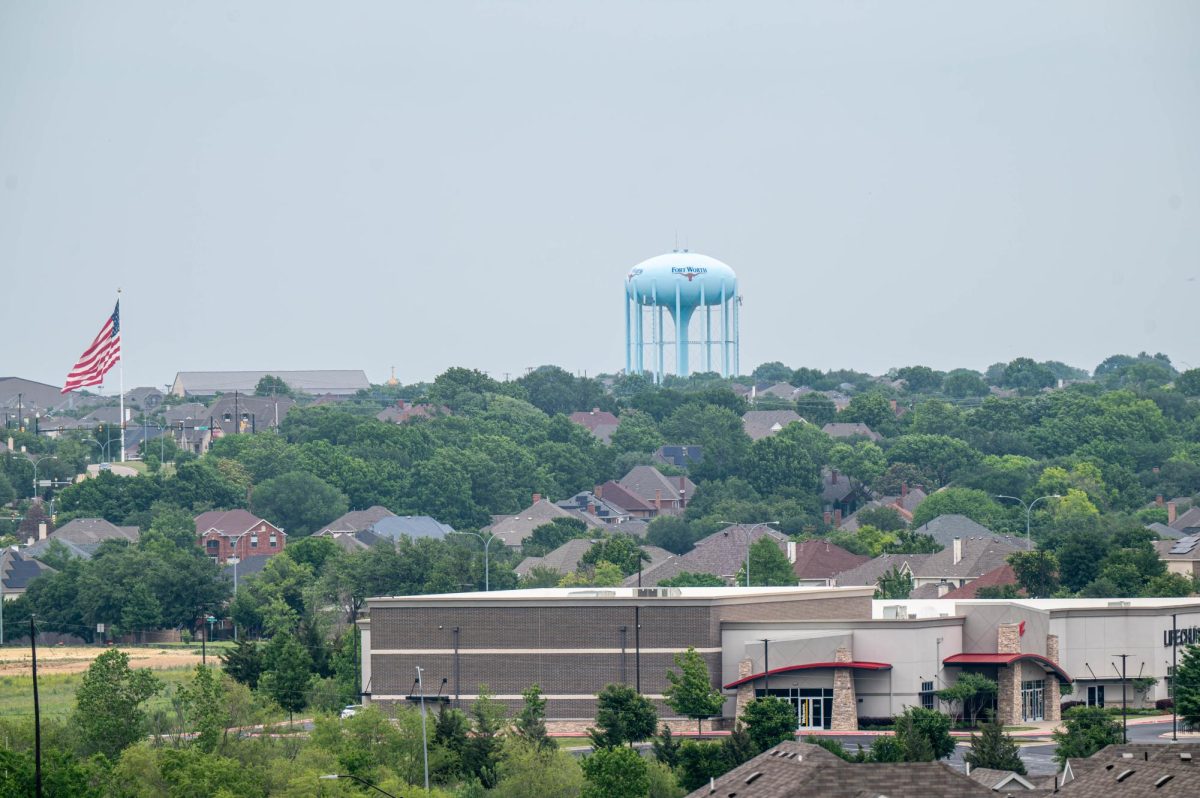The university’s graduation rates for its athletes in all but one sport lag behind the national averages, but university officials said they hope new academic facilities and programs for athletes will help them improve.
Chris Uchacz, director of athletic academic services, said TCU’s overall graduation success rate or GSR, is 68 percent. The NCAA’s national average is 78 percent.
Jack Hesselbrock, associate athletics director for internal operations, said “The numbers don’t lie.”
“Kids just didn’t finish,” Hesselbrock said.
The football team’s rate is the highest for university sports at 67 percent and is also the only sport that equals its sport’s national average.
The NCAA developed the GSR as part of its academic reform initiative to better reflect mobility among student-athletes, such as transfer students, according to the NCAA. The American Football Coaches Association used the formula for academic awards, for which TCU football was recognized for exceeding 70 percent.
The GSR differs from the academic progress rate, or APR, which the NCAA also uses to assess institutions and possibly impose penalties. Under the APR, students who leave the university without graduating, regardless of academic standing, count against the institution’s APR score. In May, 218 teams at 123 institutions faced sanctions for having a substandard APR rate, according to the NCAA.
Other sports such as golf and tennis have higher graduation rates, but those rates, along with swimming and diving, are combined into an “other” category in NCAA statistics.
Uchacz said the GSR takes into consideration athletes receiving aid or a scholarship to play a sport. Athletes have a six-year window to receive their diploma after entering the university without incurring a GSR penalty.
The GSR also includes midyear enrollees and athletes who transfer the same year into the university in the statistics; however, walk-on players and nonscholarship athletes are not counted in the statistic, he said.
Under the GSR calculation, institutions are not penalized for outgoing transfer students who leave in good academic standing, according to the NCAA Web site. These outgoing transfers are essentially passed to the receiving institution’s GSR statistical body, according to the Web site.
Uchacz said the low graduation rates are due to student-athletes not graduating within six years or transferring out in poor academic standing. However, Uchacz said that it’s not all bad news when it comes to student-athlete graduation rates.
“The students who don’t graduate within the four years they’re eligible for sports don’t always leave the university,” Uchacz said. “TCU graduates 85 percent of the student-athletes who exhaust their four years of athletic eligibility but continue at the university for up to another six years.
“These student-athletes are usually leaving to pursue their athletic careers, whether that be in football or baseball or golf, and they come back and finish their degree over a longer period of time.”
Current San Diego Chargers running back LaDainian Tomlinson was one such player, he said.
“LT didn’t graduate during his four years of eligibility, but he still finished his degree,” Hesselbrock said.
Uchacz said the Athletic Academic Services department’s main goal is keeping students focused both on the field and in the classroom. Athletic Academic Services provides student-athletes, both scholarship and nonscholarship, four full-time academic counselors, tutoring and help with study and note-taking skills, Uchacz said.
Taylor Roncancio, a junior supply and value chain management major and football player, said he thinks Athletic Academic Services does a good job helping athletes keep up with their school work.
“Freshman year, I had eight hours of required study hall,” Roncancio said. “Now I use the tutors they provide if I need help in my classes. I definitely take advantage of all the help Athletic Academic Services offers.”



